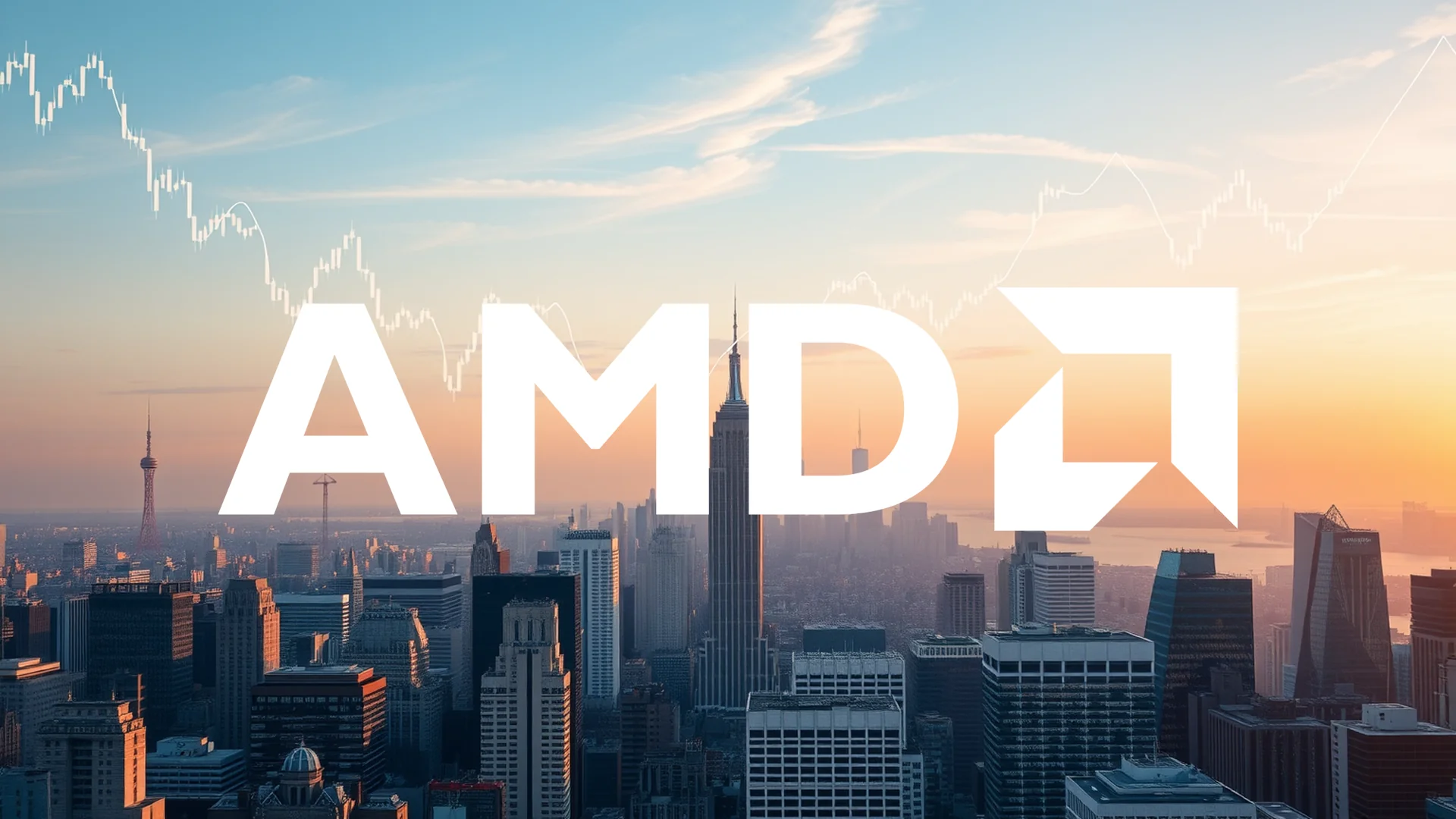A seismic shift is rocking the semiconductor industry. In a move that has sent shockwaves through the market, longtime rivals Nvidia and Intel have announced a multi-billion dollar partnership, creating a formidable new competitive bloc that directly challenges Advanced Micro Devices (AMD).
A Landmark Deal Reshapes the Competitive Landscape
The catalyst for this industry realignment is a stunning strategic alliance. Nvidia is investing $5 billion into Intel, the chipmaker that has recently faced significant challenges. The collaboration is focused on the joint development of next-generation processors for both personal computers and data centers. The underlying strategy is clear: combine Nvidia’s dominant position in artificial intelligence (AI) chips with Intel’s established x86 ecosystem, creating a direct threat to AMD’s core growth initiatives.
Market reaction was swift and decisive. Intel’s share price surged more than 20% following the announcement, reflecting investor confidence in the potential of this unexpected partnership.
Divergent Views from Market Experts
Wall Street analysts have expressed mixed reactions to the pact. Bank of America reaffirmed its “Buy” rating on AMD, emphasizing the company’s strong positioning within the AI sector. Conversely, Morningstar offered a more cautious perspective, rating the deal as “mildly negative” for AMD and warning that it could help Intel stem its recent market share losses.
Piper Sandler maintained an optimistic outlook, recently reiterating its “Overweight” rating on AMD shares. This confidence appears to be partly based on discussions with AMD’s management, which reportedly signaled optimism about the company’s prospects for late 2025 and early 2026.
Should investors sell immediately? Or is it worth buying AMD?
A Three-Way Battle for Supremacy Intensifies
This cooperation marks a significant escalation in the ongoing chip wars. AMD had successfully eroded Intel’s historical dominance in recent years through its high-performance Ryzen and EPYC processors. The new alliance represents a potent counteroffensive. Intel will now produce custom x86 central processing units (CPUs) for Nvidia’s AI platforms. For the PC market, the partners will develop chips that integrate Nvidia’s graphics technology—a potentially compelling proposition for manufacturers that have previously relied on AMD’s complete solutions.
The challenge emerges at a critical juncture for AMD. The company had been successfully positioning itself as a viable alternative to Nvidia in the highly lucrative AI accelerator market. This new partnership threatens to disrupt that positive trajectory.
The Path Forward: Execution is Everything
Following modest losses to close the week, AMD shares are under intense scrutiny. The company’s upcoming quarterly results are now viewed as a crucial test. Investors will be looking for clarity on how leadership plans to navigate this fundamentally altered competitive environment. While the Nvidia-Intel partnership is a long-term project, the market is already demanding clear signals on how AMD intends to defend its growth against this newly fortified rival.
AMD’s stock currently trades approximately 15% below its 52-week high, reflecting market uncertainty. Whether the company successfully meets this challenge or suffers lasting impact from the cooperative shock will be determined by its operational execution in the coming months.
Ad
AMD Stock: Buy or Sell?! New AMD Analysis from December 23 delivers the answer:
The latest AMD figures speak for themselves: Urgent action needed for AMD investors. Is it worth buying or should you sell? Find out what to do now in the current free analysis from December 23.
AMD: Buy or sell? Read more here...









